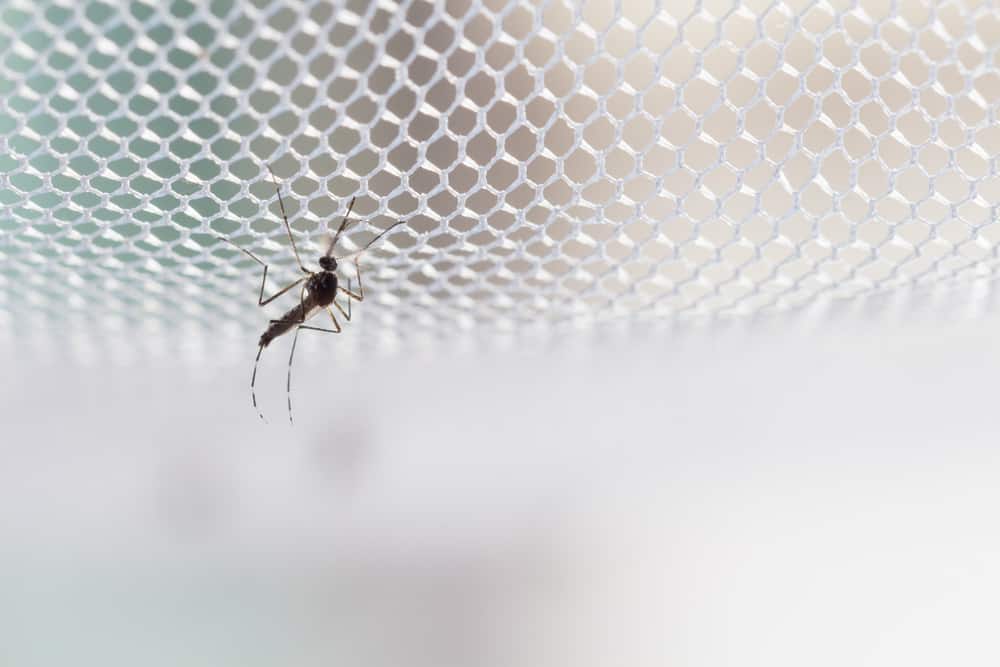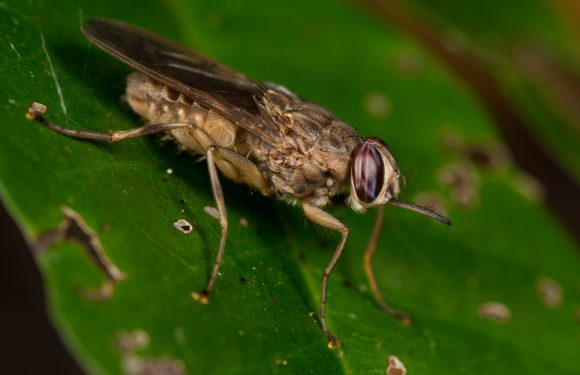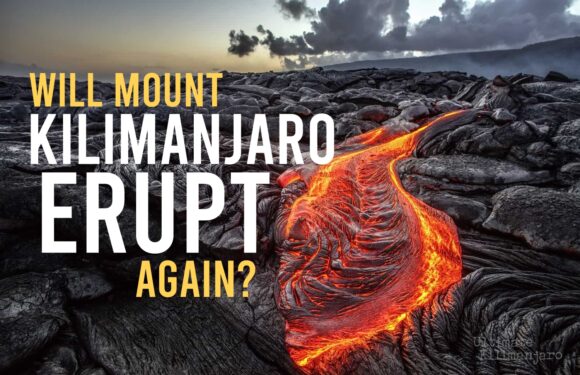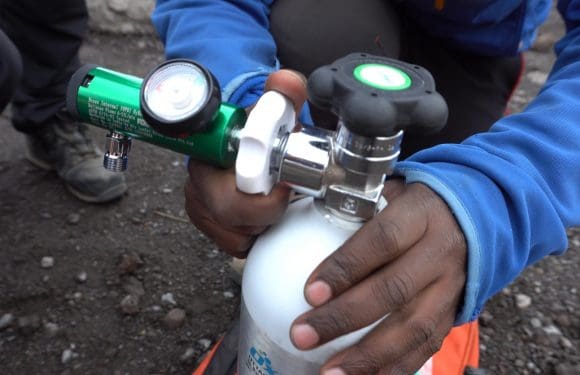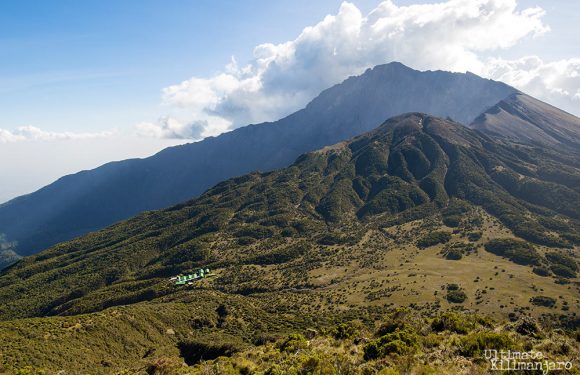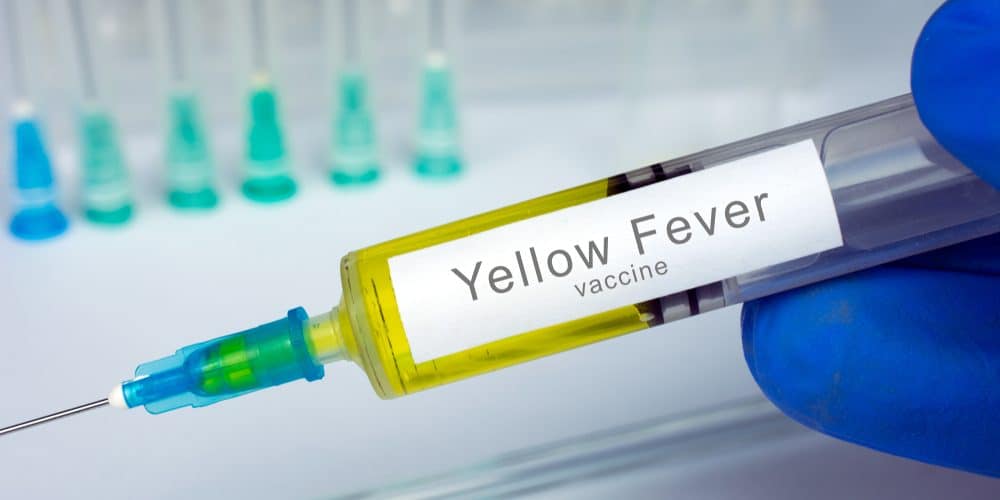
Most of our clients do not need a yellow fever certificate to enter Tanzania.
According to Tanzania’s entry requirements, if you are traveling from a place where there is a risk of yellow fever transmission, or if you are simply transiting through an affected nation, you may need to show a yellow fever certificate.
What Countries Have Risk of Yellow Fever Transmission?
Here are the countries with risk of yellow fever transmission:
AFRICA – Angola, Benin, Burkina Faso, Burundi, Cameroon, Central African Republic, Chad, Republic of the Congo, Democratic Republic of the Congo, Côte d’Ivoire, Equatorial Guinea, Ethiopia, Gabon, Gambia, Ghana, Guinea, Guinea-Bissau, Kenya, Liberia, Mali, Mauritania, Niger, Nigeria, Senegal, Sierra Leone, South Sudan, Sudan, Togo, Uganda.
AMERICAS – Argentina, Bolivia, Brazil, Colombia, Ecuador, French Guiana, Guyana, Panama, Paraguay, Peru, Suriname, Trinidad and Tobago, Venezuela.
Do I Need a Yellow Fever Certificate?
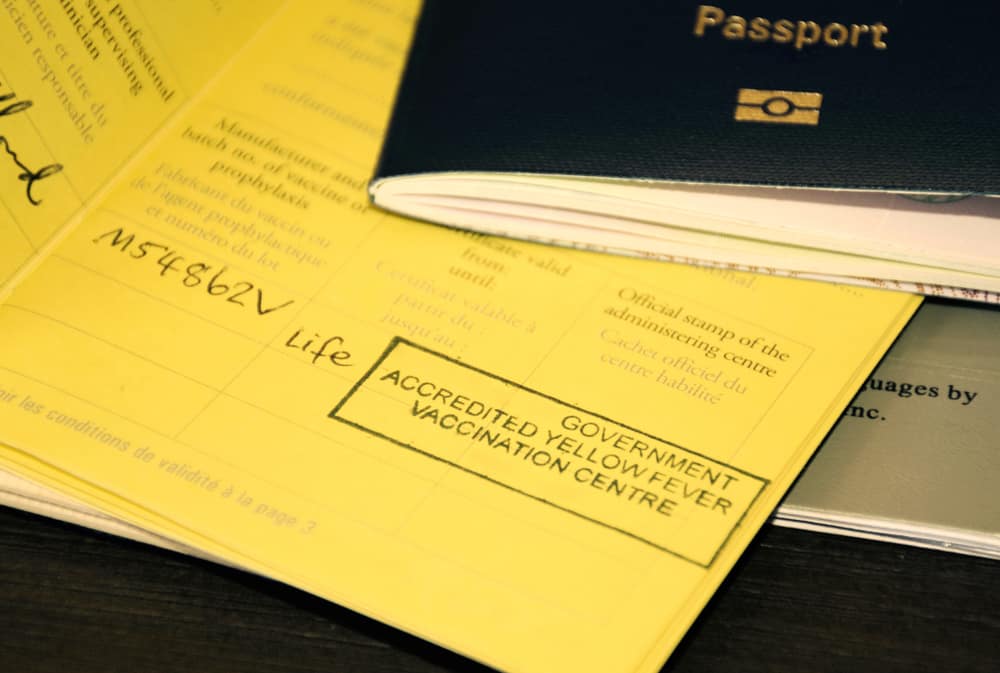
Travelers from the United States, United Kingdom, Canada, Australia and New Zealand – places without danger of yellow fever transmission – do not need a yellow fever certificate if you are traveling from these countries. However, if you transit through one of the high risk countries listed above, you may be required to show a yellow fever certificate. This includes passengers flying through Nairobi, even if they do not leave the airport.
Based on our experience, the staff at Kilimanjaro Airport do not enforce the yellow fever certificate requirements. We have never heard of our clients being asked to show their yellow fever certificate.
The US Center for Disease Control states that Yellow Fever certificates are required if traveling from a country with risk of yellow fever virus transmission, including transit >12 hours in an airport located in a country with risk of yellow fever virus transmission. Yellow fever vaccinations are generally not recommended for travelers to Tanzania according to the CDC.

What is Yellow Fever?
Yellow Fever is a virus caused by the Flavivirus genus of the Flaviviridae family. The virus is spread by the bite of an infected mosquito. Mosquitoes acquire the disease by ingesting the blood of an infected host, then transmits the infection to its next bite victim.
An infection with yellow fever can have three phases. The first phase of symptoms can last for three to five days. The next phase is remission. Most will recover here. However, for 15% to 25% of patients, a third, deadly phase may appear.
The disease can cause a wide spectrum of symptoms, from mild to fatal. In its mild form, the symptoms resemble influenza, malaria, dengue fever or typhoid. There is a sudden onset of fever and chills along with headache, backache, generalized pain, nausea, vomiting, flushed face and infection of the inner eyelid.
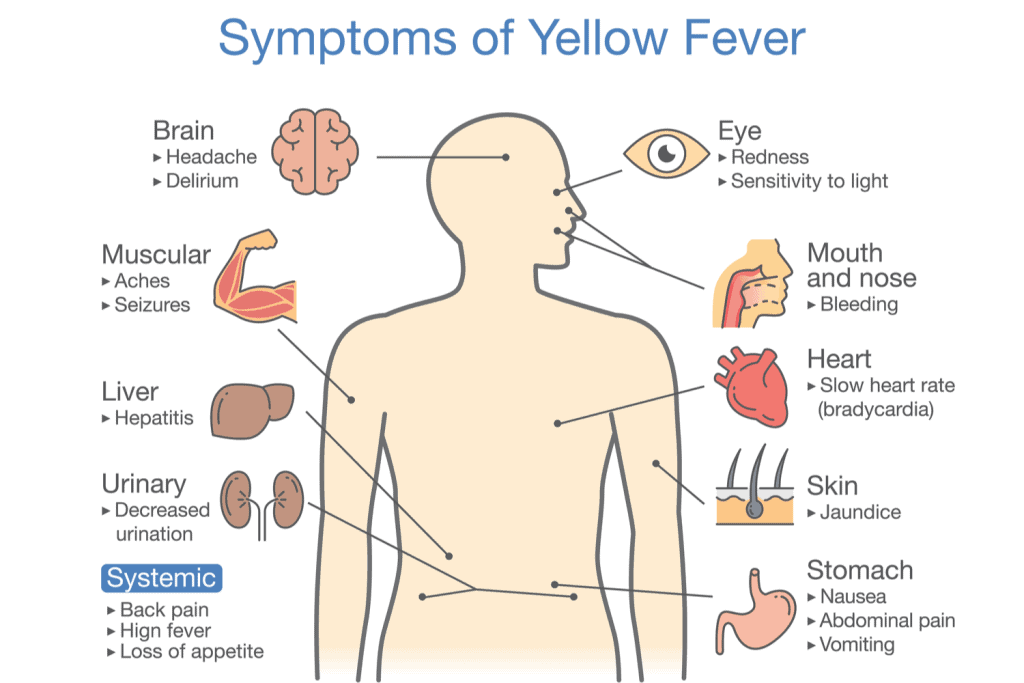
In serious cases, the infected can experience symptoms of jaundice, bleeding gums, soft palate hemorrhages, and the vomiting of blood (black vomit). The patient may go into shock during this phase. In severe cases there may be spontaneous hemorrhage, renal failure, delirium, coma and death.
No specific treatment exists for yellow fever.
Medical treatment of yellow fever focuses on easing symptoms, including rest, fluids, and use of medicines to help relieve fever and aching. Hospitalization is often needed.
Yellow fever is distributed in west, central and east Africa and in South America. It has never been detected in Asia. The World Health Organization estimates there are 200,000 cases of yellow fever worldwide each year, resulting in 30,000 deaths.
Yellow Fever Vaccination
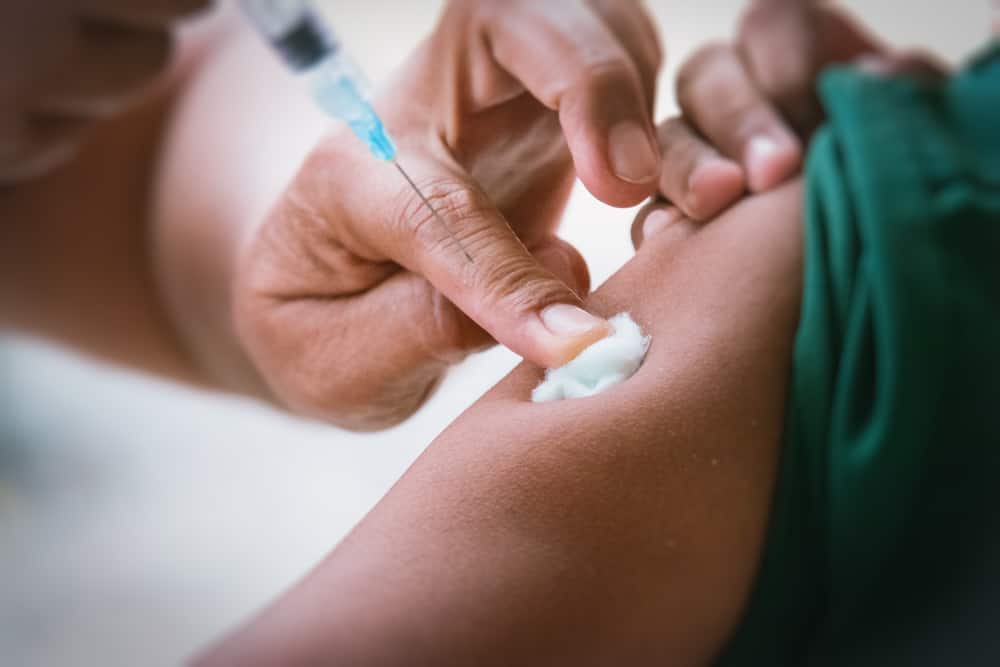
Yellow fever vaccination is given as a single dose and should be administered ten (10) days before entering the country. It is 100% effective and needs to be repeated every 10 years for people traveling to high-risk areas.
Because Tanzania itself is a yellow fever transmission risk, you might want to consider getting the vaccination even though the CDC generally does not recommend it for travelers to Tanzania.
Besides getting vaccinated, here are some things you can do to lower the risk of transmission:
- Use insect repellent with DEET, picaridin, oil of lemon eucalyptus, or IR3535
- Wear clothing that covers exposed skin on your arms, hands, legs, and head
- Sleep with mosquito netting over beds
- Limit time spent outdoors during peak mosquito hours (dusk to dawn)
- Keep accurate records of international travel dates, locations, and outdoor activities in case you need to identify a viral infection when you return.
